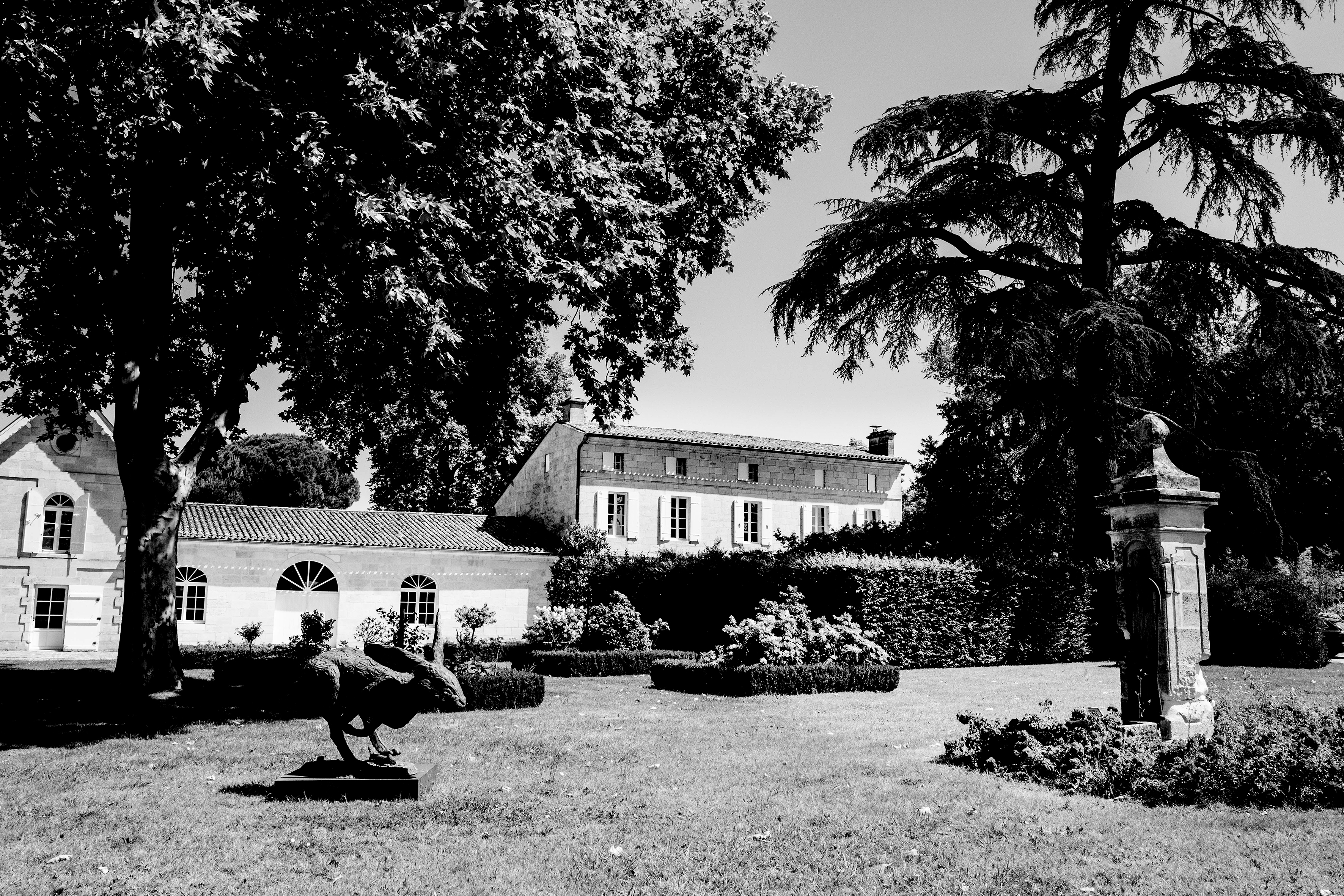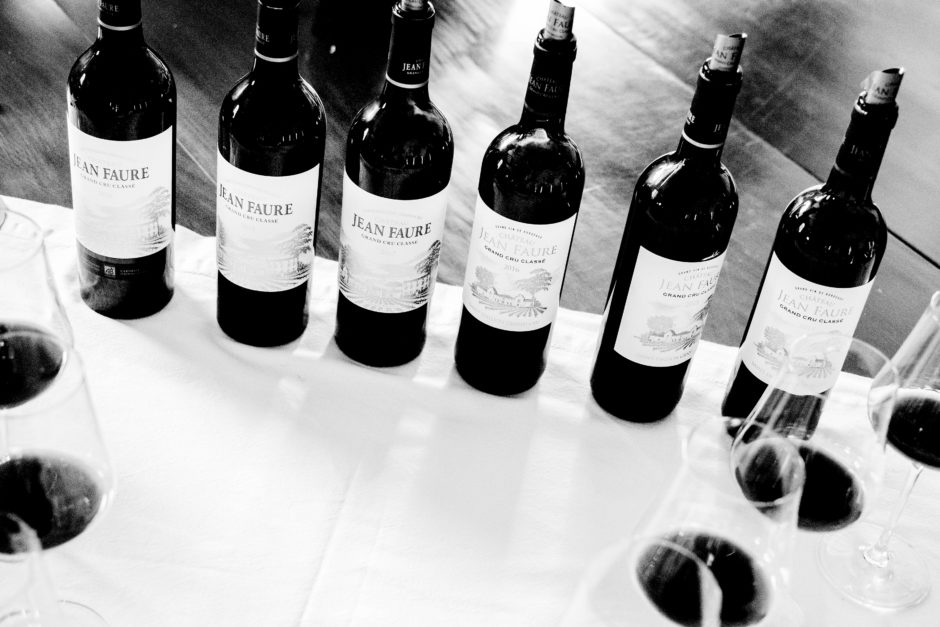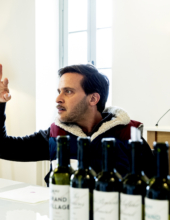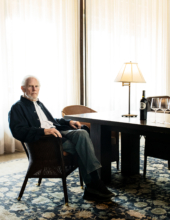17th Aug 2022
Those who know their Bordeaux cult wines know that several of the cultiest labels are not Merlot or Cabernet Sauvignon dominant. Ausone, Lafleur, Les Carmes Haut-Brion, and Le Dôme are mainly composed of Cabernet Franc. Occasionally, Figeac and Cheval Blanc are mostly Cabernet Franc. Recently, Angélus has started producing a tiny production, 100% old vines Cabernet Franc uber label: Hommage à Elisabeth Bouchet—rare as hen’s teeth, but worth the hunt. But only a handful of other estates dotted around the Right Bank focus on Cabernet Franc. Château Jean Faure is one of them.

Let’s be Franc
A sleepy property that has quietly been ticking along for centuries, in 2004, Jean Faure was purchased by Olivier Decelle, who swapped his Picard frozen food empire for making wines in Bordeaux, the Rhône, and Roussillon. While the house and winery at Jean Faure were in disrepair when he took over, the old, 50-year+ vines on the 45-acre, single parcel estate were in good shape. The most impressive fruit comes from the Cabernet Franc, which accounts for about 65% of the plantings, and the rest is around 30% Merlot and 5% Malbec.
On the Pomerol / Saint-Émilion border, not far from Cheval Blanc, Figeac, and L’Evangile, the soil at Jean Faure is mostly clay with iron veins running through parts—a continuation of the crasse de fer or blue clay most famously found at Petrus. The clay subsoil here is particularly deep, 40 inches or more, allowing deep-rooting and good water availability during dry seasons, an important factor affecting Bordeaux wine quality in recent years. One of the significant changes Decelle made at the estate was to bring in soil specialists to understand better and manage the land, emphasizing working more sustainably. In 2017, the vineyard was certified organic and is now in biodynamic conversion. When I visited the property in June this year, the winery was being completely renovated with a view to having the new cellar ready for this year’s harvest.
My tastings confirm that this is a property on the upward swing.
A notoriously difficult grape to ripen, Cabernet Franc requires the right terroir, the right vision, and the right amount of patience to make anything special. Many growers favor Merlot on the Right Bank because it’s easier to ripen and showier as a wine. Another point: I find Cabernet Franc-based Bordeaux wines can be missed in a largescale tasting, especially in blind tastings. I have been guilty of this. Franc is a lot shyer in its youth than Merlot. It can seem austere when first bottled, needing a few years to unfurl and reveal its perfume.

Jean Faure is a very different style of Saint-Émilion, delivering wines of elegance, structure, freshness, and fragrance rather than power, plump fruit, plush tannins, and richness. The body and alcohol of Jean Faure tend to remain moderate here even in warm to hot vintages, which has less to do with harvest decisions and more to do with the grape and terroir. And it does need a good 3-5 years in bottle to show its stuff, which is perhaps less expected at this relatively humble price point. For wine lovers seeking great Cabernet Franc, this Château comes highly recommended. Especially fun is the 2017, which is 95% Cabernet Franc and 5% Malbec because the frost destroyed the Merlot crop that year. Happy Franc Hunting!
For wine lovers seeking great Cabernet Franc, this Château comes highly recommended.
–
Article & Reviews by Lisa Perrotti-Brown MW
Photographs by Johan Berglund

PRODUCERS IN THIS ARTICLE
> Show all wines sorted by scoreMore articles

2021 Bordeaux in Bottle and A Modest Proposal
24th Apr 2024
599 tasting notes

Pilcrow’s New Releases
18th Apr 2024
7 tasting notes

Bordeaux 2023 Primeurs Photo Essay
18th Apr 2024
0 tasting notes

Harlan Estate, BOND, Promontory 2021 and 2011
11th Apr 2024
14 tasting notes
Show all articles